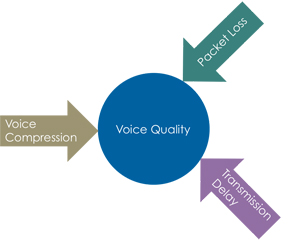FUNCTIONALITY OF TRADITIONAL TELEPHONY
Telephone operators render telecommunication services such as fix net and/or mobile telephony and data transmission for their subscribers. Increasingly value added services are being offered such as IP-TV. Most of the large telephone operators were or are governmental or governmentally regulated monopolists. Predominantly in Europe such monopolists were named PTT’s (Post, Telegraph and Telephone Administration). These telephony companies are also known in the jargon as Telco, Carrier, Local Exchange Carrier or Telecom Service Providers.
The classic telephone operators, the “wire-line carriers” operate on the base of historic standards in analogous and digital telephony. Not only their networks but also their active components (e.g. switches) base on the historic standards. A switch in telecommunication is a system of integrated electronic components that switches calls. The central office (the switching branch) is historically the physical location that houses all equipment including the telephony switches. They enable to route calls to the destination in the sense that a link is established between the parties and voice information may be exchanged. In times of analogue technology the switches required a lot of space.
With the digitalisation of telephony electronic switches emerged the introduction of the TDM-Technology (Time Division Multiplex). In the current third phase of technological history the switches for IP-telephony consists mainly of software. Besides the switching the billing or rating is an area of major significance. Contrary to other telecommunication services the accurate billing of services to subscribers and other carriers is one of the key disciplines.Telecom systems may be distinguished in two categories: Systems of Class 4 and Class 5. A Class 4 system (Transit Switch) is used for long distance communication in the PSTN (Public Switches Telephone Network) and links Telco’s together. Class 5 systems (Local Switch) are deployed to connect subscribers. Class 5 Systems enable the voice communication of subscribers. Each phone connection of a subscriber is allocated with one or more telephone numbers, which may be dialled and accessed in the world-wide telephony network (PSTN). The numbering system is a strictly hierarchical structured convention, consisting of international area code, the regional or network code and the actual subscriber code.
